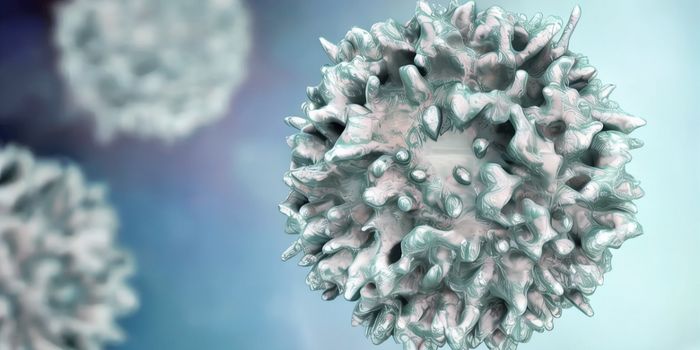How the Affordable Care Act Impacts Some Cancer Treatments
The 2010 Affordable Care Act (ACA), AKA “Obamacare”, expanded insurance coverage in several ways. The health law has likely had some modest effects on cancer treatment, recent studies show. A group of these studies was presented at the American Society of Clinical Oncology (ASCO) annual meeting in Chicago in June 2019. The Wall Street Journal reports that notable studies researched the act’s effect on timely uterine cancer treatment and racial disparities in cancer treatment.
The ACA broadens the scope of the government Medicaid program for lower-income people in many states and gives subsidies for individual health care plans, among other offerings. Some of its original components have been altered or eliminated through legislation or court challenges.
Oncologist and ASCO President Dr. Monica Bertagnolli said the recent research suggests “patients who have better health care coverage have better access to care, get diagnosed sooner, get started on treatment sooner.”
One study from Johns Hopkins University’s department of gynecology and obstetrics explored the rates of diagnosis of earlier-stage ovarian cancer and the start of treatment within 30 days of diagnosis. It relied on data on more than 70,000 patients in the National Cancer Database. The researchers discovered a 1.7 percent improvement in early-stage ovarian-cancer diagnosis for women under 65 and a 1.6 percent gain in the initiation of treatment within 30 days of diagnosis. Lead author Dr. Anna Jo Smith commented that the ACA likely improved patients’ access to primary-care doctors, which can help in the early-stage detection of subtle cancer warning signs.
Another study examined racial disparities in diagnosis and care for several cancers in relation to the ACA and Medicaid expansion. The study found the rate of white people starting cancer treatment within 30 days of diagnosis rose to 43.1 percent after Medicaid expansion in 2014. It was previously 41.8 percent. The rates for African-Americans rose from 39.1 percent to 44.3 percent.
A related trend is the racial imbalances in cancer rates, which are longstanding and well-documented. The 2019 Annual Report to the Nation on the Status of Cancer revealed a continuing racial and ethnic disparity in cancer incidence and deaths. It found black men and women had the highest cancer death rates, “both for all cancer sites combined and for about half of the most common cancers in men and women.”
Sources: The Wall Street Journal , Food Educator









